For WWI Anniversary, the Tower of London Has Become Surrounded by a Sea of Poppies
888,246 red ceramic flowers encircle the landmark structure in remembrance of fallen soldiers
For over 170 years, the moat around the Tower of London has run dry—but this summer, in honor of the 100th anniversary of the beginning of World War I, visitors to the Tower will be met by a vast bed of blood-red poppies. Beginning August 5, 100 years to the day after Britain's declaration of war on Germany, volunteers will periodically plant the ceramic flowers in the Towers' moat, the final one being placed on November 11, another symbolic date that commemorates the armistice agreement that ended the war in 1918. All told, 888,246 poppies will flood the Tower's moat, equaling the number of British and Colonial soldiers who perished in the war.
The project, titled Blood Swept Lands and Seas of Red, comes from the creative minds of ceramic artist Paul Cummins and stage designer Tom Piper. Cummins, who specializes in ceramic flowers, made each poppy by hand, a painstaking process which required around-the-clock work. Piper has been a designer with the Royal Shakespeare Company since 2004. The exhibition's title, Cummins notes, came from the final words of a British solider who lost his life in Flanders. "I don't know his name or where he was buried or anything about him," Cummins told the Guardian, "But this line he wrote, when everyone he knew was dead and everywhere around him was covered in blood, jumped out at me: 'The blood-swept lands and seas of red, where angels fear to tread.' I believe he meant the angels to refer to his children." Once the installation is taken down in November, each individual poppy will be available for purchase for £25 (roughly $42) and proceeds will be split among six different charities.
Even before World War I, the poppy served as a symbol of life, death and rebirth, as their seeds can be buried in the Earth for years without blooming. The flowers only emerge when soil is churned and the seeds are brought closer to the surface. After the Napoleonic wars tore through Europe in the early 19th century, for example, fields of poppies sprung up over battlefields across the continent. In 1914, when fighting and explosive warfare again devastated lands through Europe, the flowers could be seen blooming anew, famously appearing in the fields around Flanders, an area of intense fighting near the Belgium/France border. In 1915, after presiding over the funeral of a friend who died in Second Battle of Ypres near Flanders, John McCrae, a Canadian poet and solider, wrote a famous poem inspired by the poppies of Flanders fields:
In Flanders fields the poppies blow
Between the crosses, row on row,
That mark our place; and in the sky
The larks, still bravely singing, fly
Scarce heard amid the guns below.We are the Dead. Short days ago
We lived, felt dawn, saw sunset glow,
Loved and were loved, and now we lie
In Flanders fields.Take up our quarrel with the foe:
To you from failing hands we throw
The torch; be yours to hold it high.
If ye break faith with us who die
We shall not sleep, though poppies grow
In Flanders fields.
The poppy was adopted as the official flower of Veterans of Foreign Wars in 1922. It is also heavily associated with Remembrance Day (also known as Poppy Day) in England and other Commonwealth countries.
/https://tf-cmsv2-smithsonianmag-media.s3.amazonaws.com/accounts/headshot/natasha-geiling-240.jpg)
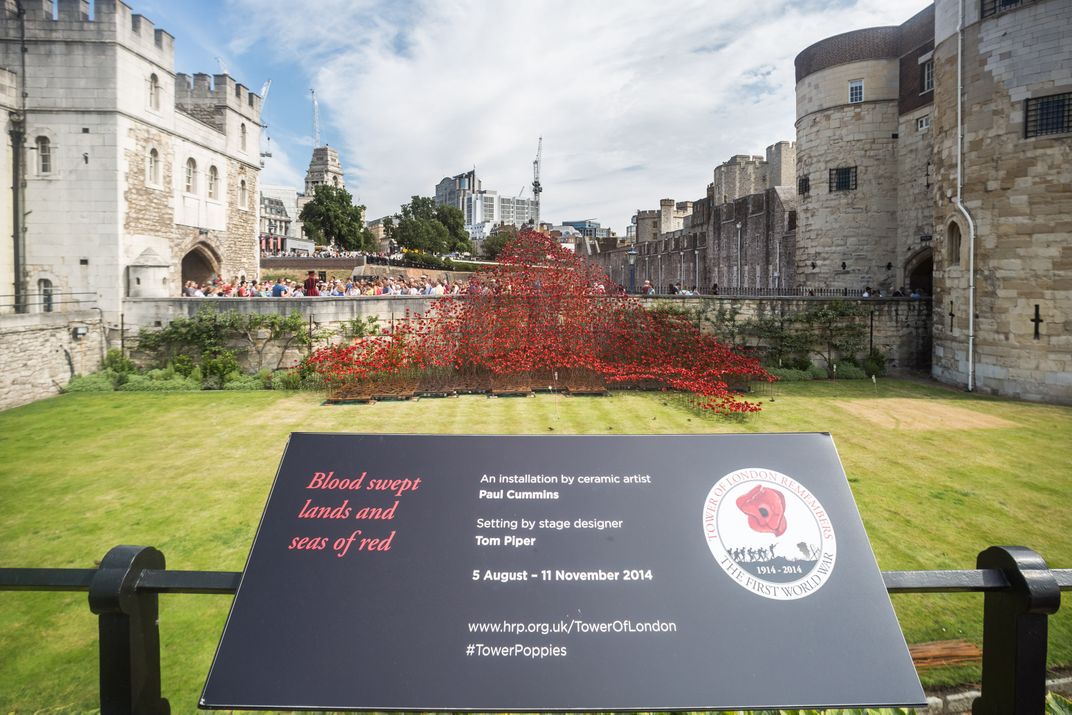
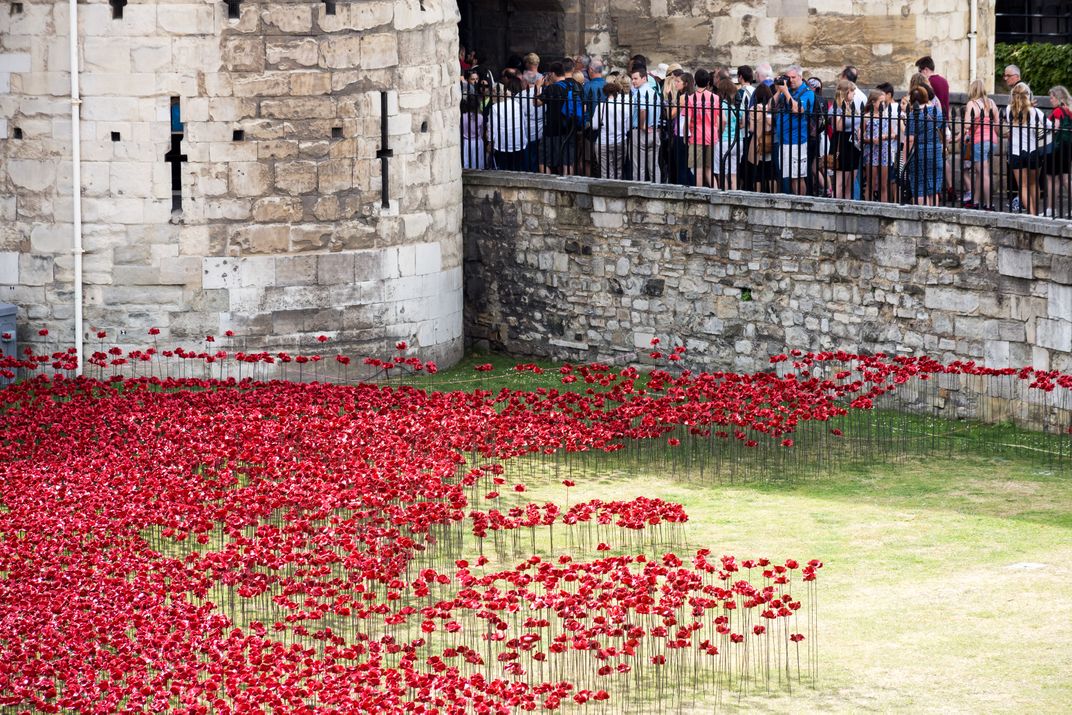
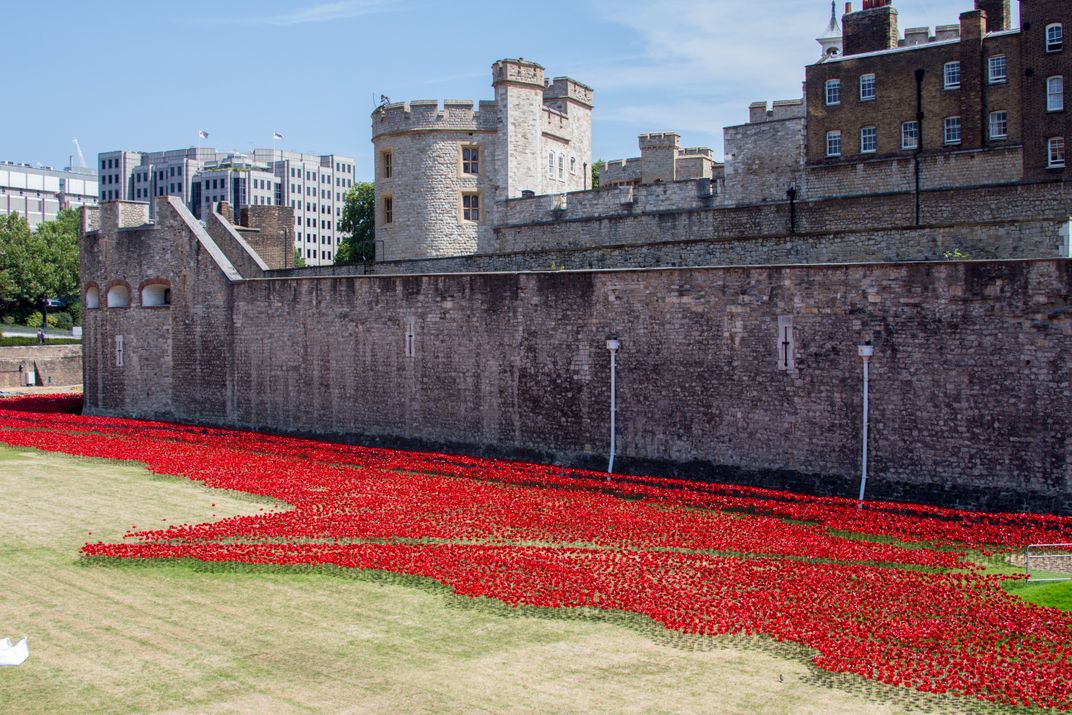
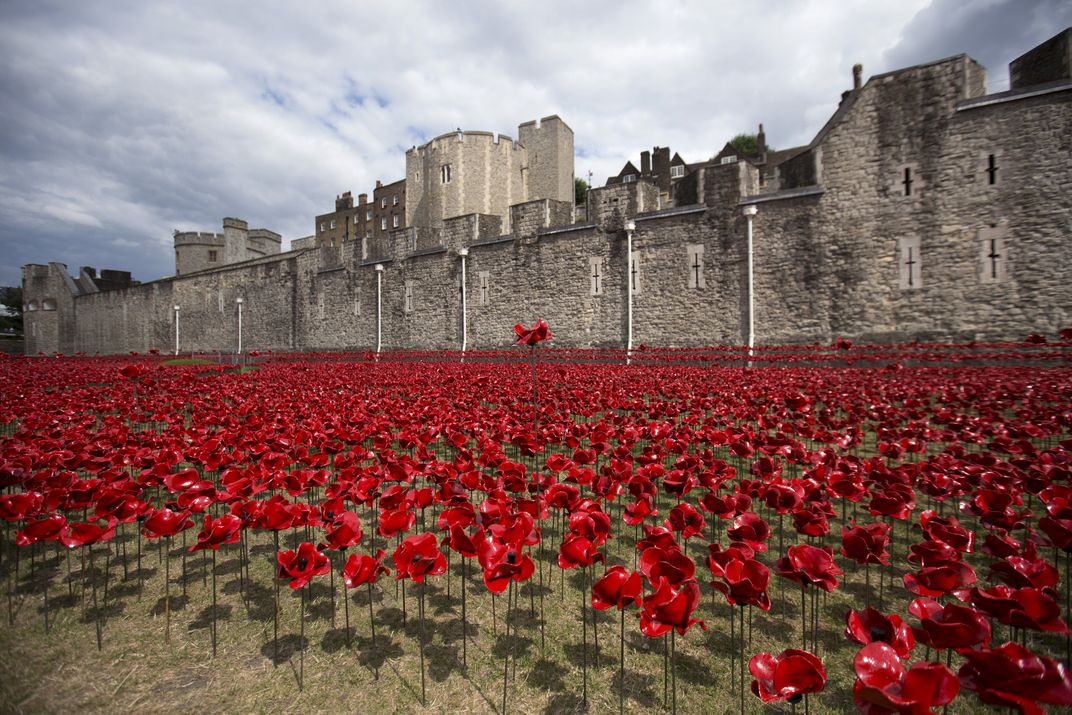
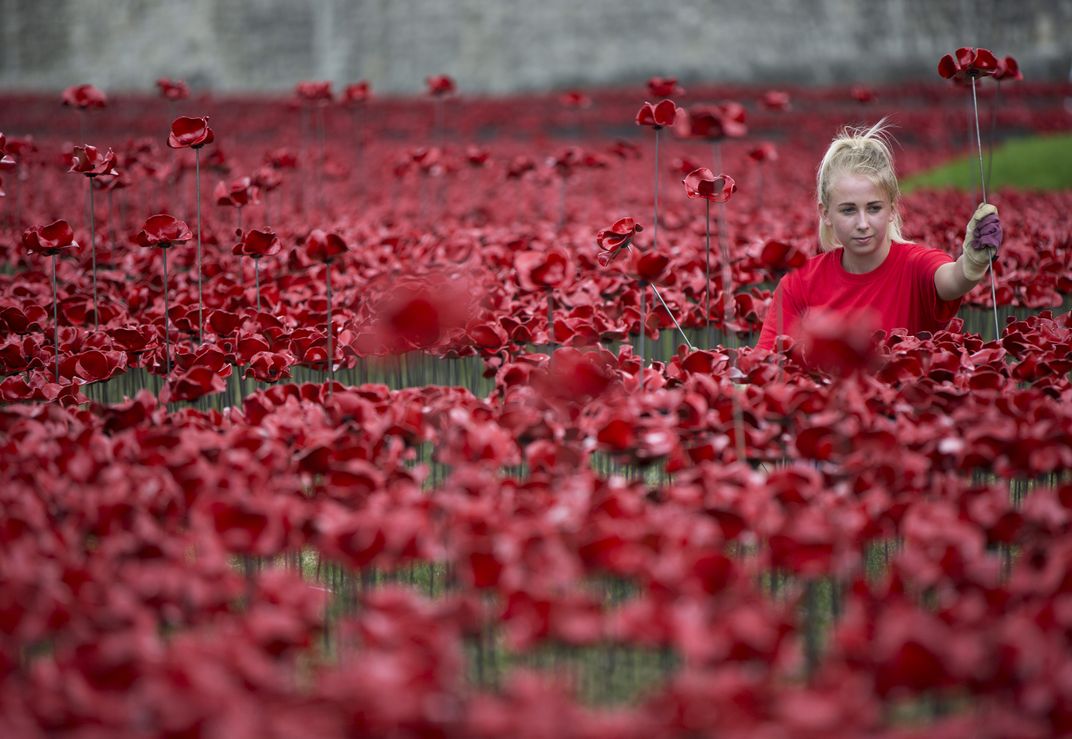
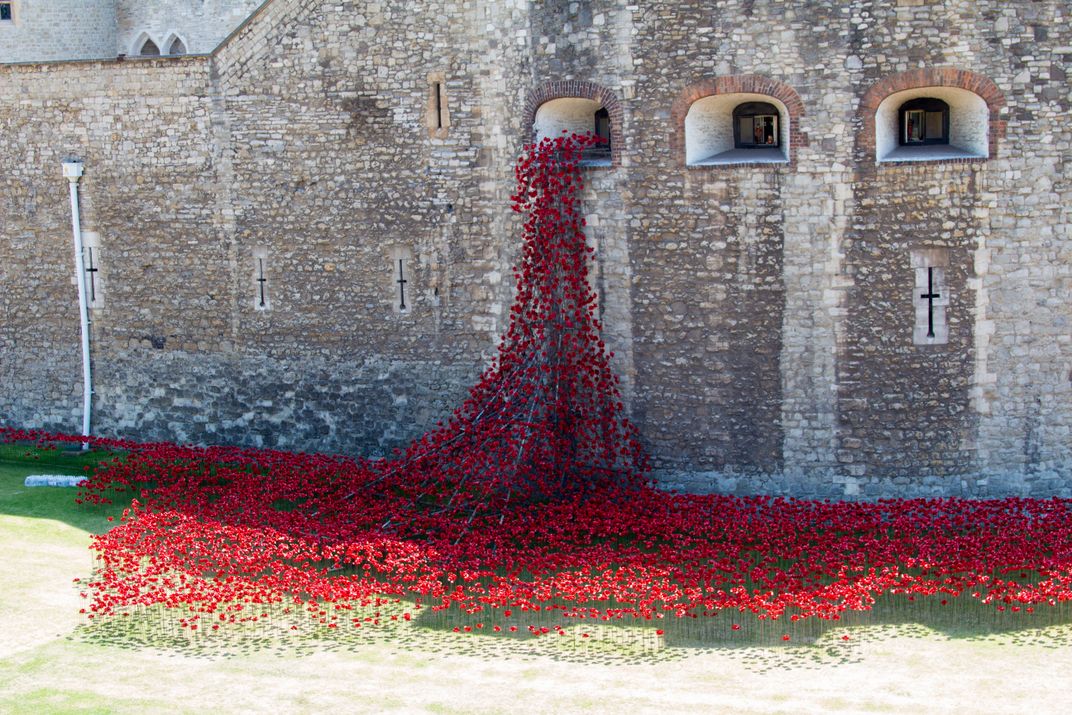
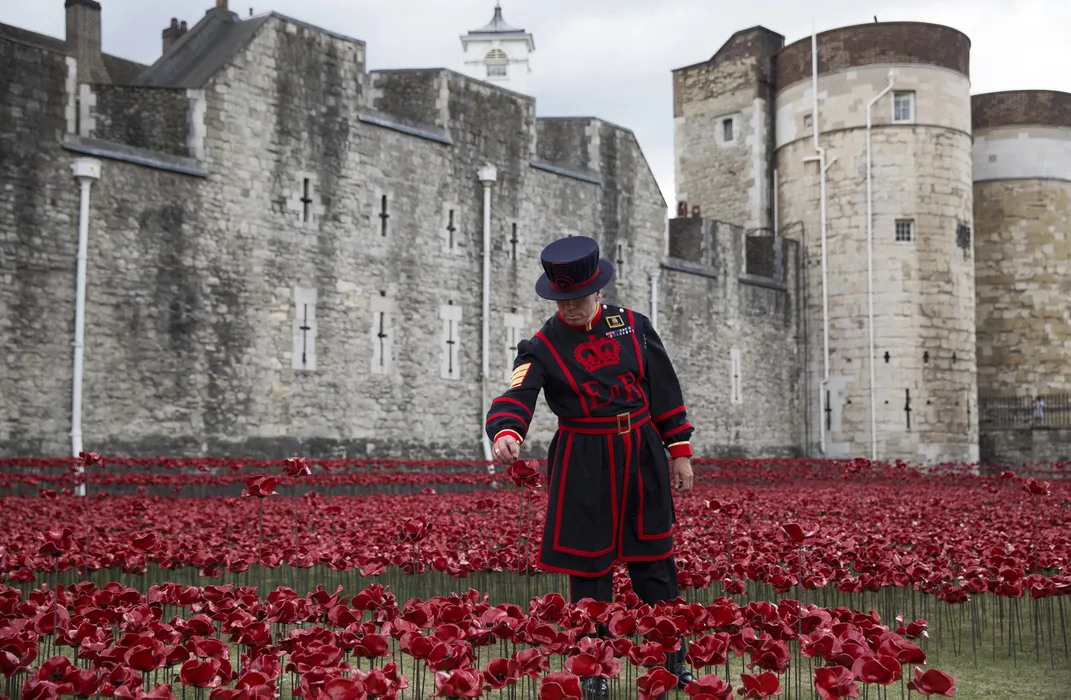
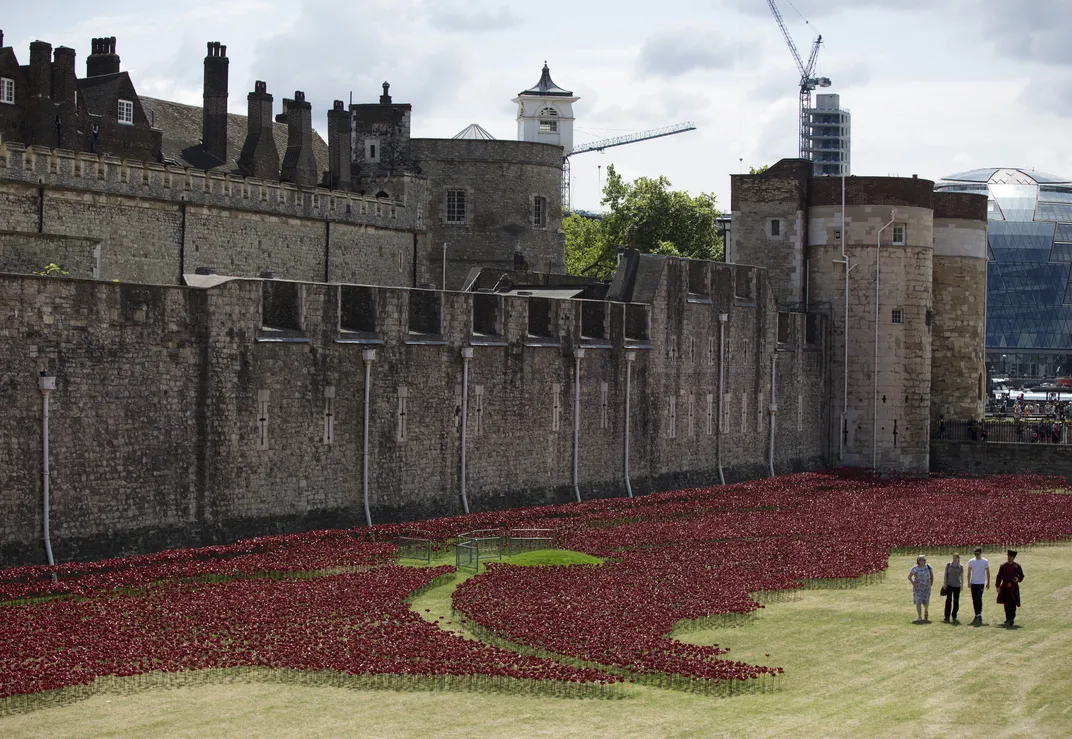
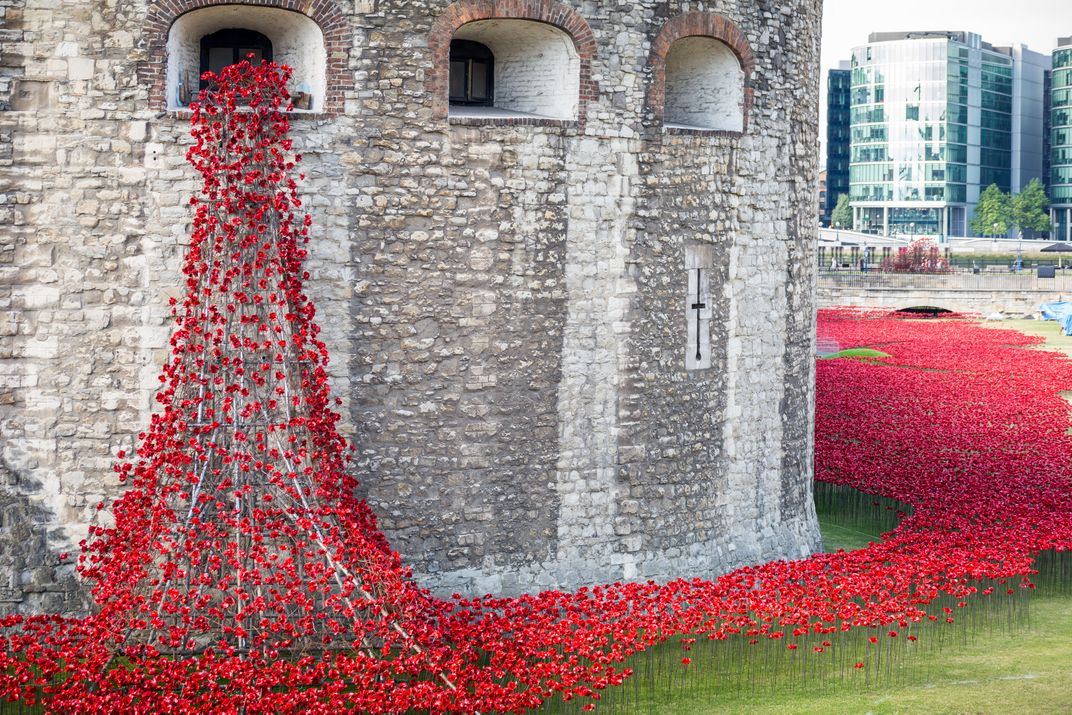
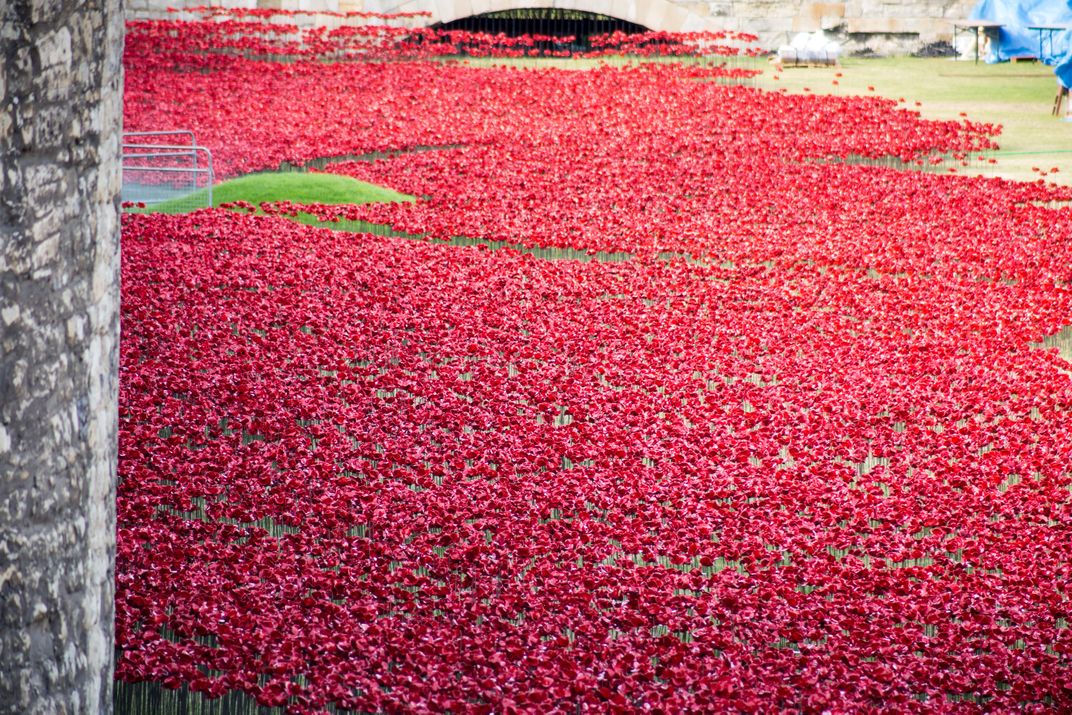
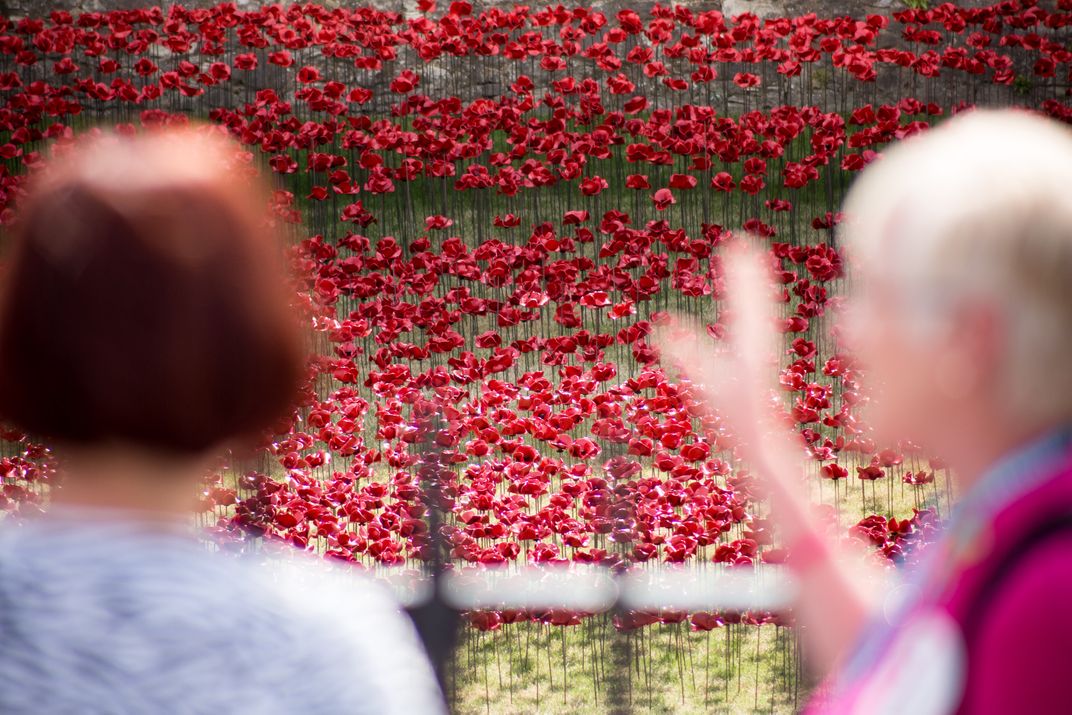
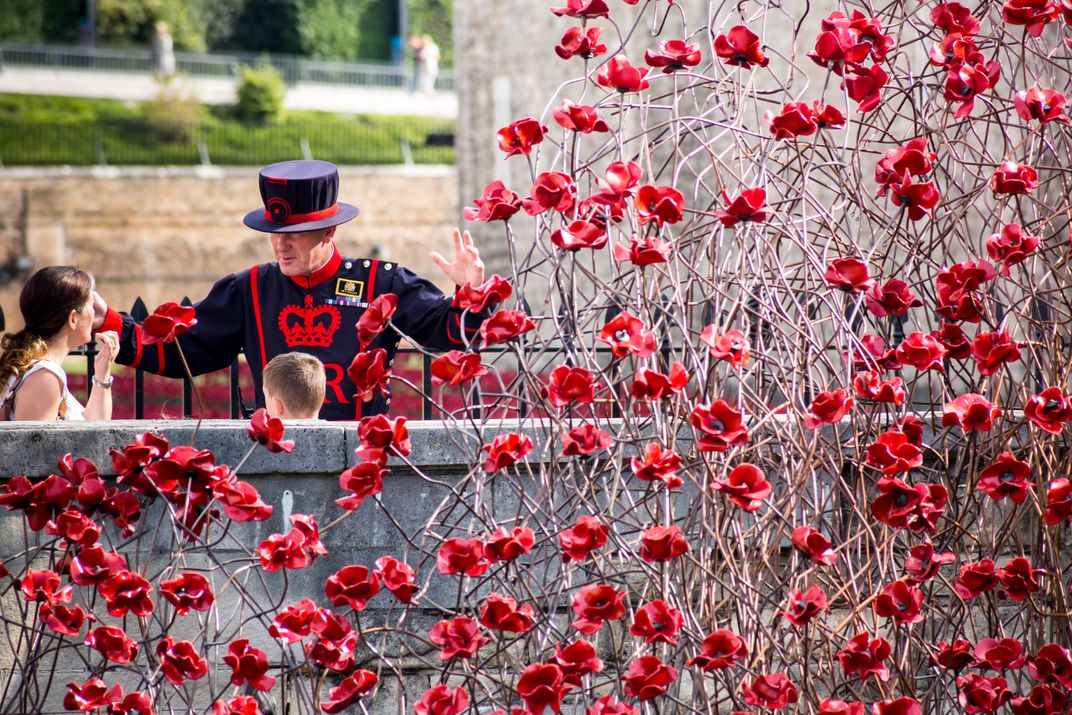
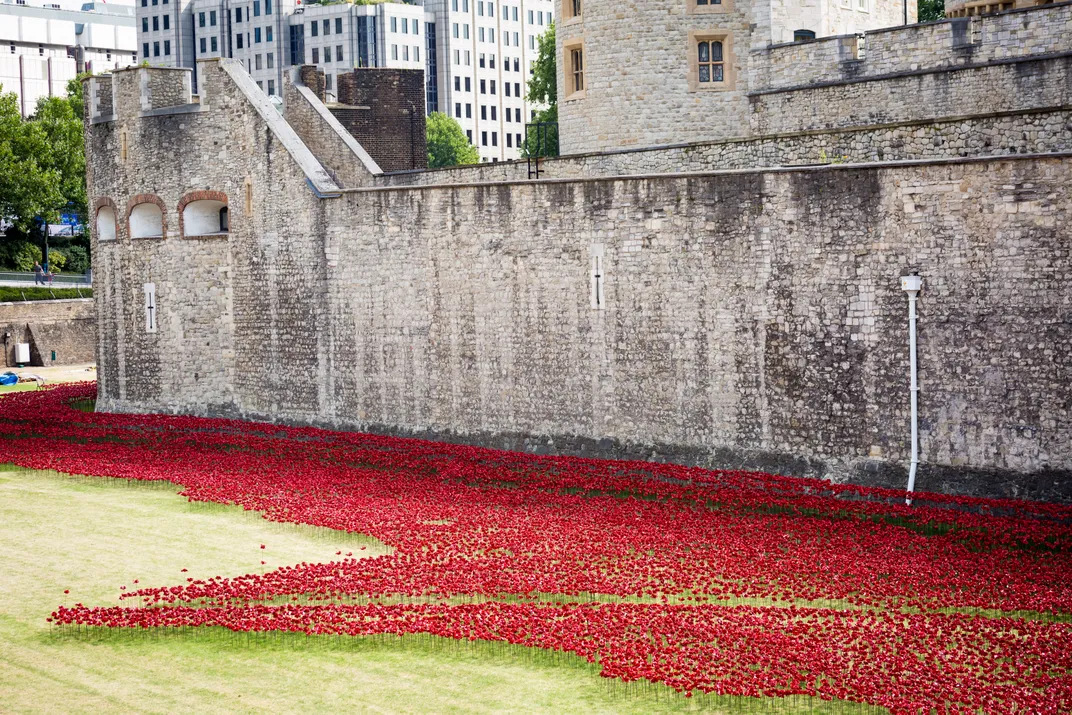
/https://tf-cmsv2-smithsonianmag-media.s3.amazonaws.com/accounts/headshot/natasha-geiling-240.jpg)